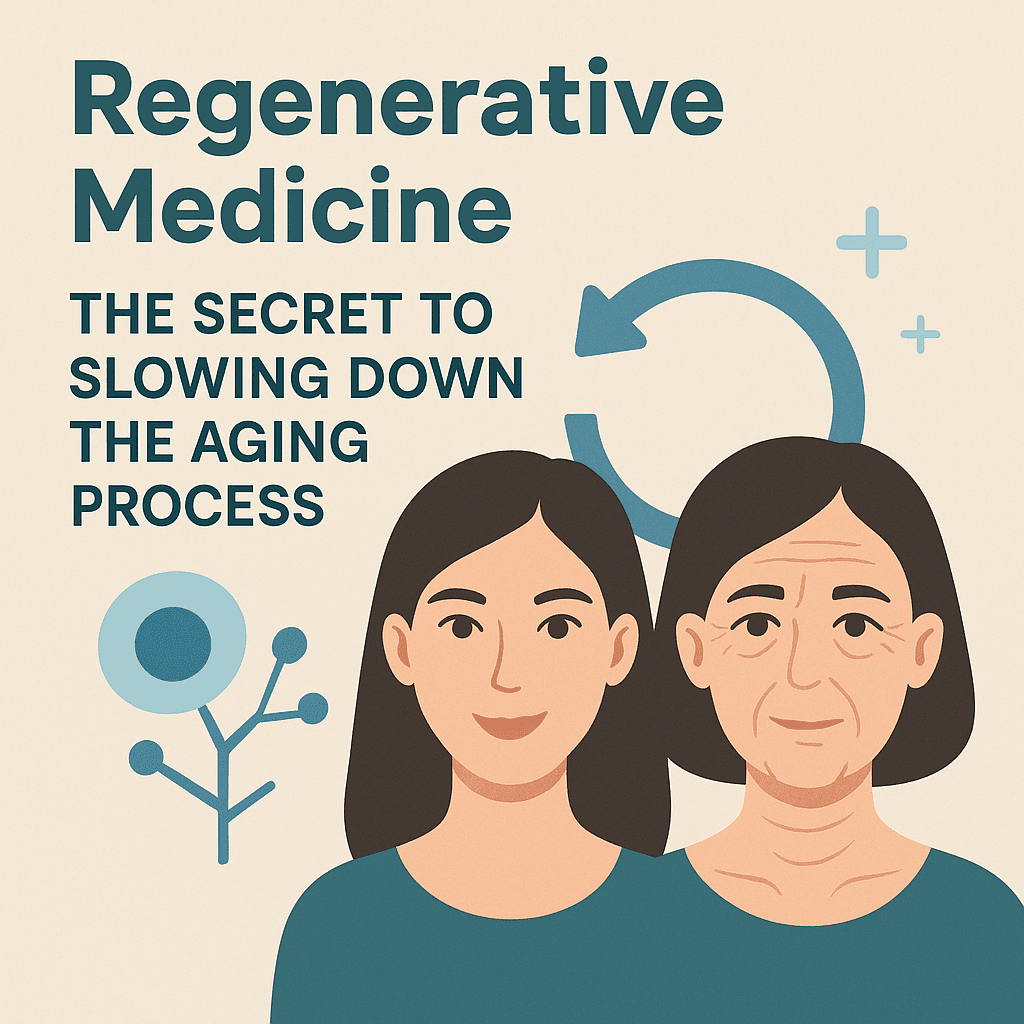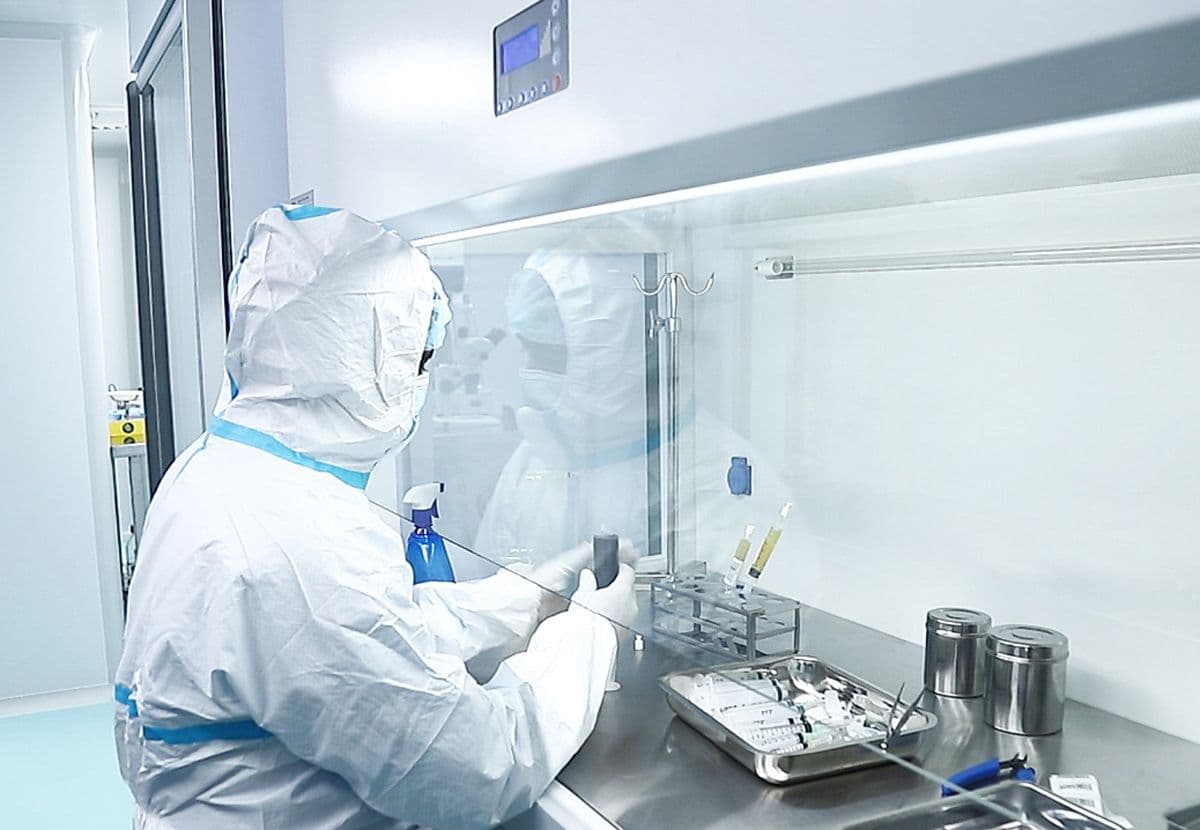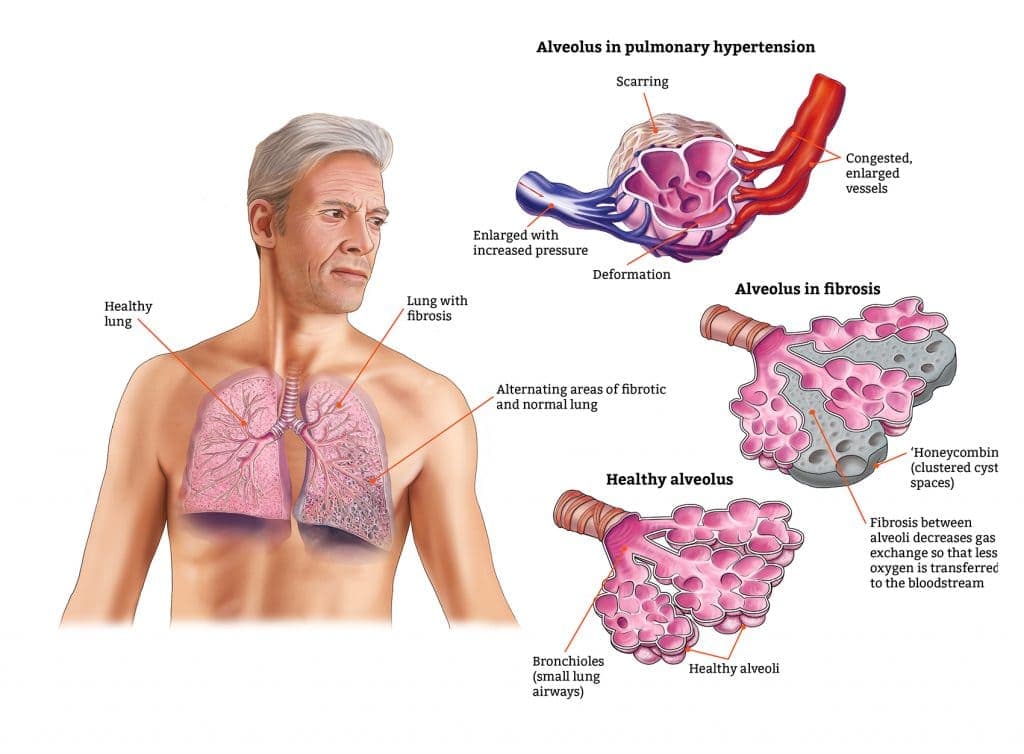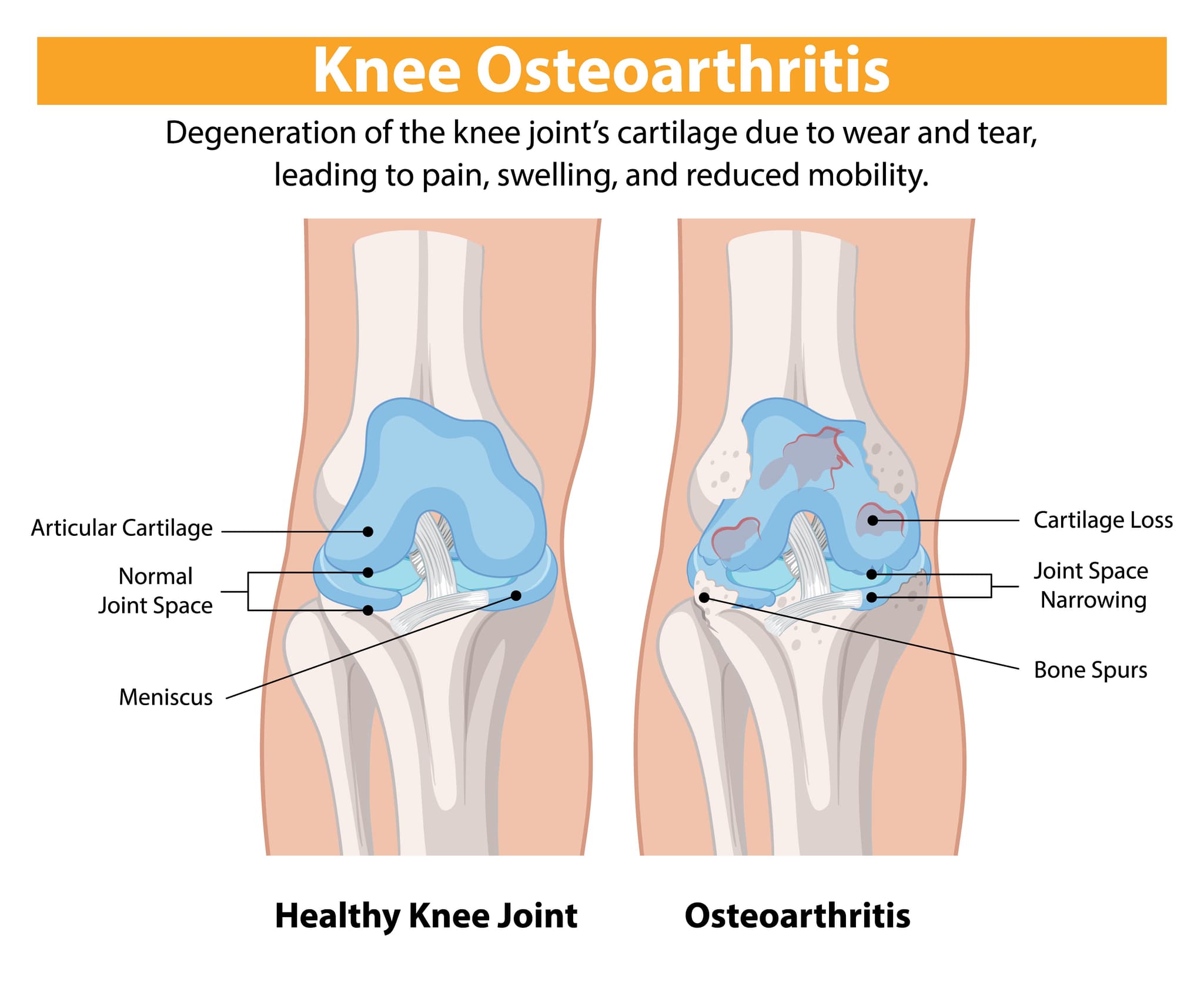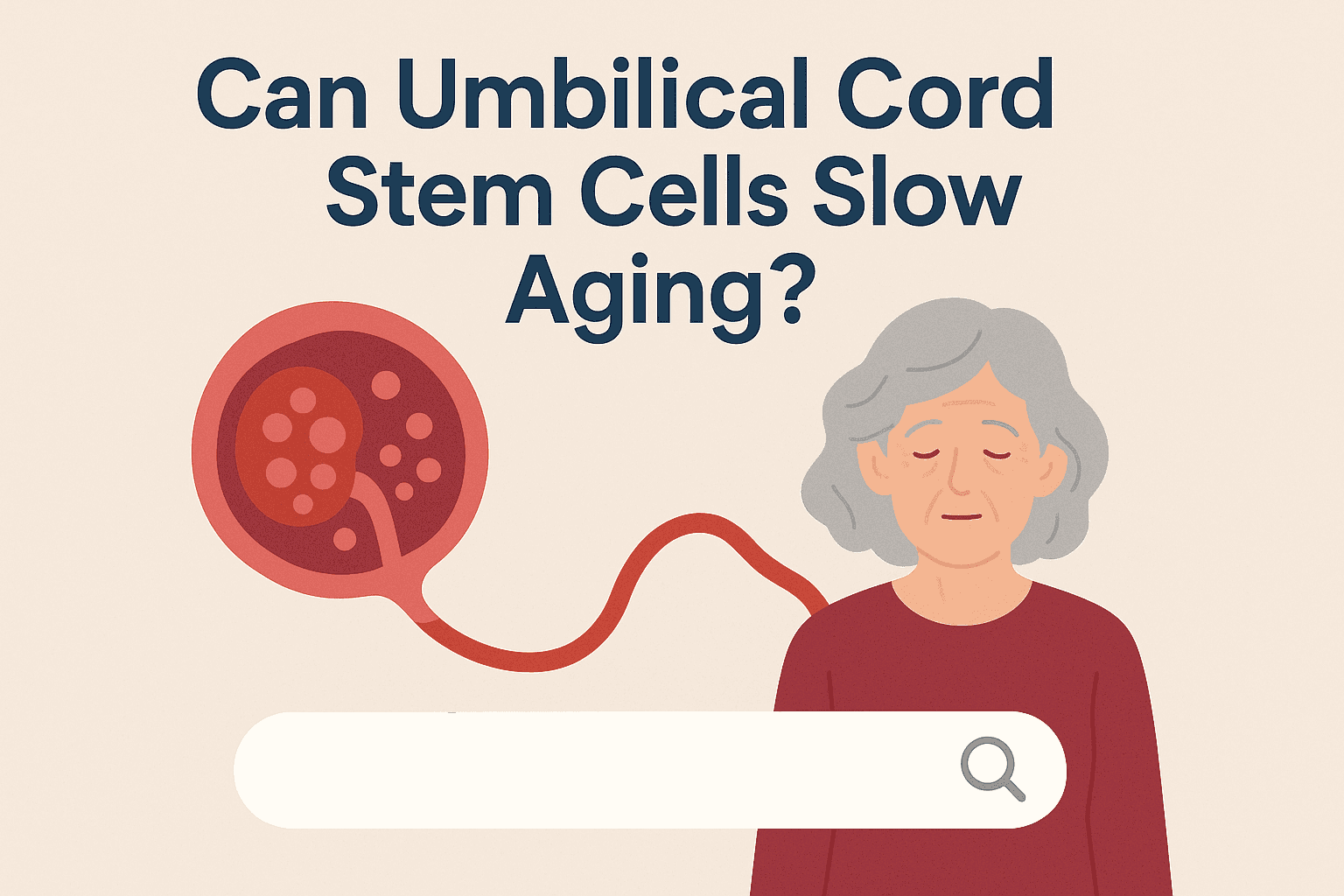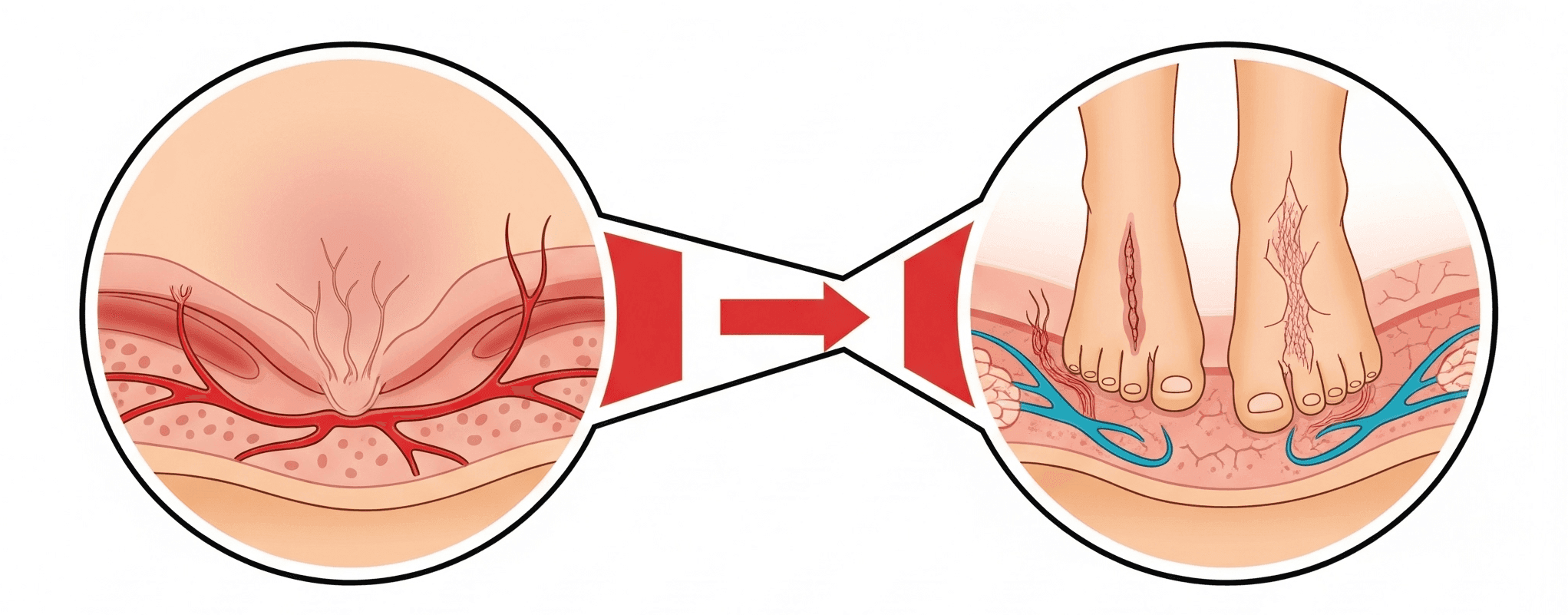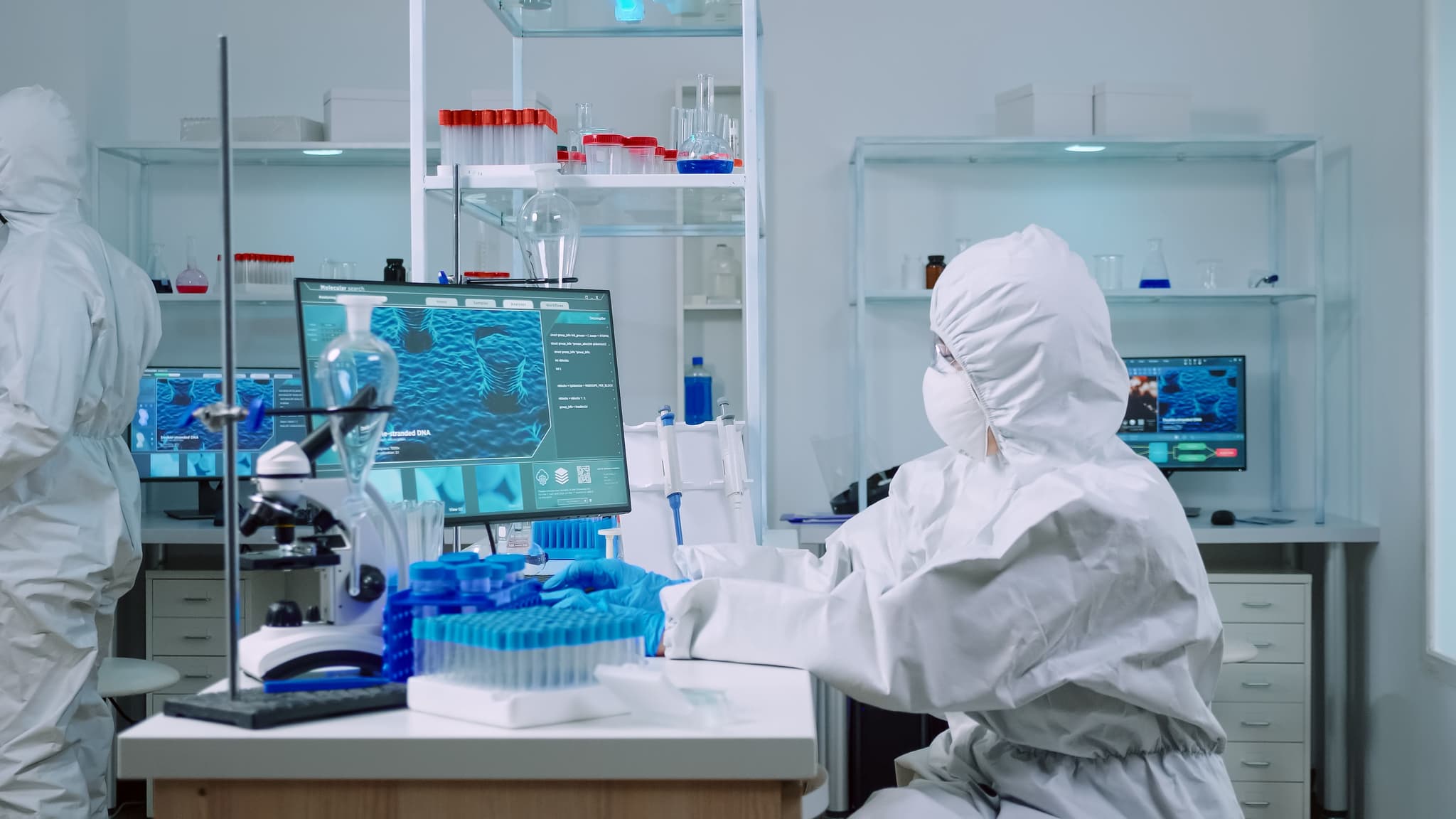Aging is a natural part of life—but what if we could slow it down? Not just with creams and supplements, but by targeting the root causes of aging at the cellular level. Enter regenerative medicine, a rapidly advancing field that’s offering groundbreaking insights and real hope in the quest for longer, healthier lives.
What Is Regenerative Medicine?
Regenerative medicine is a branch of medical science focused on repairing, replacing, or regenerating human cells, tissues, or organs to restore normal function. This can involve anything from stem cell therapies and tissue engineering to gene editing and advanced biomaterials.
While it has long been associated with treating injuries or degenerative diseases, researchers are now turning their attention to how it might delay or even reverse aspects of the aging process.
How Aging Happens—And How We Might Fight It
Aging isn’t caused by just one factor. It’s the result of a range of biological processes: cellular damage, inflammation, loss of stem cell function, and the shortening of telomeres (the protective caps on our chromosomes), to name a few.
Regenerative medicine tackles these issues head-on:
1. Stem Cell Therapy: As we age, our natural stem cell production declines. Injecting lab-grown or harvested stem cells can help regenerate damaged tissues and boost the body’s repair systems.
2. Senolytics: These are drugs that target and remove “senescent” cells—old cells that no longer function properly but refuse to die, causing inflammation and tissue damage.
3. Tissue Engineering: Scientists can now create lab-grown tissues and even organs that could one day replace worn-out body parts.
4. Gene Editing: CRISPR and other gene-editing technologies may soon allow us to correct genetic flaws or activate anti-aging genes.
Real-World Applications—Today and Tomorrow
Some regenerative treatments are already in use, such as platelet-rich plasma (PRP) for skin rejuvenation and joint repair, or stem cell injections for arthritis and back pain. These aren’t science fiction—they’re available in advanced clinics around the world.
These aren’t science fiction—they’re available in advanced clinics around the world.
Looking ahead,
Researchers envision a future where age-related diseases like Alzheimer’s, heart disease, and osteoporosis can be prevented or reversed with regenerative techniques. Imagine a world where 80-year-olds have the vitality of people decades younger—not just in appearance, but in physical and mental function.
Is This the Fountain of Youth?
Not quite—at least not yet. While regenerative medicine offers powerful tools to extend our healthspan (the period of life spent in good health), it’s not a magic bullet. Lifestyle factors like diet, exercise, sleep, and stress management still play a crucial role.
However, as the science evolves, regenerative medicine could shift the way we age. Instead of merely managing the symptoms of aging, we may soon treat its causes—proactively and effectively.

The dream of slowing down aging is no longer just the stuff of science fiction. With regenerative medicine leading the charge, we’re entering a new era of medical possibility—one where growing older doesn’t have to mean growing weaker.
The future of aging is being rewritten—and it looks healthier, longer, and more vibrant than ever.


